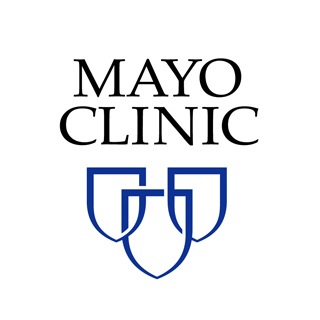
The evaluation of 14 months’ worth of radiation data from around 1,827 adult patients is claimed to be a vital early step in comprehending ways to enhance PCI safety and quality while optimizing therapeutic advantages. The Mayo Clinic study supposedly recognized around 20 clinical traits and circumstances that may assist in envisaging whether a patient may be given higher or lower doses of radiation.
Recognizing optimal means of utilizing radiation in PCI is claimed to be significant since a vital gain of PCI is its minimally-invasive nature in effectively opening vessels and placing stents, which seems to make it a progressively more popular alternative for treating specific cases of heart disease. PCI’s minimally-invasive benefits usually comprise of decreasing patient trauma, speeding recovery and lowering expenses, as opposed to conventional heart surgeries.
Nevertheless, PCI owes its accuracy, protection and efficiency to the X-ray fluoroscopy imaging utilized. X-ray fluoroscopy seems to generate several pictures to make a movie that enables physicians to envisage the complex vessel anatomy being treated and, consequently, holds the possibility for augmented radiation risk. The quantity of radiation dose used during PCI procedures is said to be usually much greater than that used for a usual X-ray image like chest X-ray. But since a chest X-ray is said to generally be a screening test and a PCI is a lifesaving procedure, from the clinical outlook, the threat of not conducting the PCI is believed to be much greater as opposed to the predicted radiation risk linked to the procedure.
The study outcomes seemed to illustrate those indicators of elevated radiation dose comprised of male gender higher body mass index (BMI), more complex disease like numerous diseased vessels or complex anatomy and lesions in the vessels; and preceding history of coronary artery bypass graft (CABG) surgery. The median patient body mass index (BMI) was around 29.7, with majority of the patients encompassing a BMI between 21 and 44.6. A BMI under 30 may be in normal i.e. 20–24.9 or overweight i.e. 25–29.9 groups. The median cumulative skin radiation dose was said to be 1.5 Gray (Gy), a unit of absorbed radiation, with a range of 0.34 Gy to 4.5 Gy. Generally, the cancer threat for a usual PCI is usually around 0.05 percent, while the ‘natural cancer rate’ from every day living is approximately 35 percent.
Chet Rihal, M.D., lead cardiovascular physician on the study, commented, “Radiation risk is a recognized hazard of our specialty that has not been systematically or aggressively addressed. But our commitment to patient safety and quality at Mayo Clinic, and to protecting operators who perform the therapy, makes this a priority issue for us. The next step for us is to follow up from this initial identification of the problem and lead efforts to formulate specific practice changes clinicians can use to improve safety while maintaining quality.â€
Data also exhibited that radiation doses that similar patients were given seemed to vary depending on which of the 13 physicians treated them. Dr. Rihal mentioned that examining likely causes of this discovery is said to be among the objectives of the subsequent phase of study.
Nationwide, concern seems to be rising across medical fields about decreasing threats of radiation from all sources like X-rays and computed tomography (CT) scans, since radiation is said to be a risk factor for contracting particular cancers. Of late, the U.S. Food and Drug Association (FDA) have supposedly been dealing with accidental cases of overexposure to radiation in particular specialties.
The Mayo Clinic study cases apparently vary from the FDA efforts. Mayo’s cases do not seemingly include accidents or overexposure, but usually established clinical best practices.
The study was presented at the annual meeting of the American College of Cardiology.
